Spring has sprung here in the beautiful Yarra Valley, Wurundjeri country where I live. After the pretty cold and wet, we had the first day of Spring start us off with fabulous sun and 21C ! I could not believe it! Great news for drying fibres! It only lasted two days though: now we have storms, thunder, lightning and heavy downpours but hey...it's a start. lol
The expression friluftsliv was invented by the famous Norwegian playwright Henrik Ibsen in the 1850s, who used the term to describe the value of spending time in remote locations for spiritual and physical wellbeing. But the concept of being in nature for purely recreational purposes has been part of Norwegian culture for centuries. “Today, nine out of ten Norwegians state that they are interested in friluftsliv”, says Bente Lier, secretary-general of Norsk Friluftsliv, an umbrella organization for 18 Norwegian outdoor organizations.
 |
The softness of Qiviut is something that must be touched to be believed! Qiviut is not only soft, it is also non-irritating to the skin, and is very durable - garments made from it are worn for years and can be hand washed in mild detergent. It retains warmth even when wet.
The lightweight fibre preserves heat in the winter, while also providing cool, breathable comfort in warmer weather. This fibre has been carefully gathered by hand and no animals were harmed in the gentle shedding of it. This fibre generally sells for anywhere between $70-$100/28grams/oz, and skeins of yarn often sell for a lot more!! Fibre count is 100s+ (12-15 micron)!!!
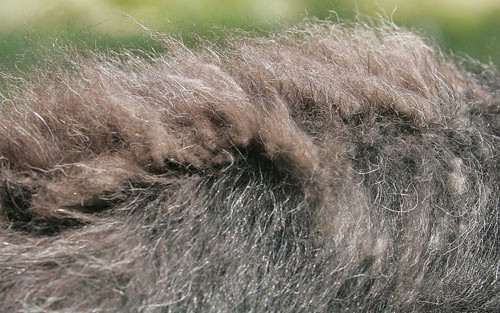
The mighty muskox (Ovibos moschatu) is a survivor from the ice age. Possessing powerful curved horns, which hang down like side bangs from a helmet-like skullcap, muskoxen are actually more closely related to sheep and goats than to cattle and oxen (although all of the above are members of the Bovidae family).
Adult muskoxen weigh from 180 to 400 kg (400 to 900 pounds) but they look much larger on account of their thick coats and large heads. Once muskoxen proliferated throughout the northern hemisphere alongside woolly mammoths, but hunting and habitat loss caused them to retreat further and further into the remotest parts of the north until the end of the nineteenth century when the animals could only be found in the unpopulated wilderness and empty islands of northern Canada and deep in the arctic vastness of Greenland. In these remote locations tiny herds of one to two dozen muskoxen still subsist on grasses, willows, lichens and moss while contending with terrible arctic predators and fearsome cold.
Fortunately the muskox is provisioned with fearsome horns and doughty neighbours to fend off polar bears and wolves. The herd is capable of assembling in a ring formation with horns outward to stand off wolves and ice bears (although such a strategy works less well against humans with our projectile weapons). To fight the cold, the muskoxen have fat reserves and one of the most remarkable insulating coats in the animal world.
A muskox’s coat is divided into two layers: a long stringy layer of coarse outer wool and an inner layer of soft warm undercoat called qiviut (this Inuit word now primarily denotes muskox wool but it was once also used to refer to similarly soft warm inner down of arctic birds). Qiviut is one of the world’s premier luxury fibres: it is allegedly 8 times more effective at insulation than sheep’s wool and yet is softer than cashmere.
The Musk Ox survived when the other greats of the Pleistocene – woolly mammoth, mastodon, sabertoothed cats, giant sloth – all went away. And it returned to Alaska by way of New York Harbour. Now, it turns out, the musk ox could again be the great survivor in our new Arctic age of extinction. Ross MacPhee, a curator in the department of mammalogy at the American Museum of Natural History in New York City, says the musk ox’s homogenous genetic makeup suggests it has been through population stress before and can survive boom-and-bust cycles.
“What we find with living musk oxen is they’re not exactly clones, but they’re so amazingly similar that there’s only one explanation,” MacPhee says. “And that explanation is that they had to have had a very severe pinch on their populations. We estimate that that happened about ten thousand years ago.” But that doesn’t mean it’s all good news for the cold-weather beast, which is most closely related to goats and sheep and can weigh up to 800 pounds. The pace of these changes could challenge even an animal as resilient as the musk ox, scientists say.
Brendan Kelly, an Arctic ecologist and research scientist for the National Oceanic and Atmospheric Administration, says all Arctic species are currently endangered by the rapid speed of climate change. “For organisms to adapt – whether it’s changing body size, or changing the timing that they have their calves, and hence can match when the plants are most nutritious – it really depends on the rate of the environmental change relative to the generation time of the organism,” Kelly says. “So if there’s a really, really rapid environmental change, it’s very hard for there to be an adaptive response.”
As I was reading about Musk Ox I found out that all of the muskox at the Myskoxcentrum in Härjedalen, Sweden, came from Ryøya, near Tromsø, Norway. What?!? Muskox on Ryøya? I knew about the Dovrefjell group and an attempt to introduce muskox on Svalbard, but I had never heard of a group in northern Norway. The search was on.
It turns out that there is a flock of more 40+ animals now running around free on a small island named Ryøya off the coast of Tromsø. NRK’s Ut i naturen television program made a 24-minute show about “Moskusøya” (“Muskox Island”) in 2006. Unfortunately the show is in Norwegian, but even if you don’t speak Norwegian, it’s still worth watching for a while if you want to see muskox running around and scientists trying to catch them. In the Ut i naturen program, we also get to see some historic television clips from the 1960s when the muskox first came to Troms.
In 1969, 25 muskox calves arrived in northern Norway via boat from Greenland. The idea was to raise muskox for their wool as domesticated livestock. The University of Fairbanks in Alaska had some kind of research project related to muskox husbandry (I haven’t looked into that yet) and the idea was transferred to Norway.
The undercoat wool of muskox, known as qiviut, is a highly valuable wool: it is warmer than wool, finer than cashmere and hypoallergenic. Sounds like the perfect winter clothing material, except that muskox are pretty rare and not widely domesticated – which makes it a very, very expensive material
In 1969, the herd was established at a farm in Bardu with the hope that eventually every farm in the area could have 2-3 muskox for a meaningful supplementary income. But by 1975, calls for the end of muskox experiment were being made. According to media reports, a hunter was killed by a muskox and the muskox population was being devastated by a virus (hmmm, sounds familiar, right?). So in 1976, the herd was moved to northern Troms, and five years later, the Tromsø University is taking care of them to preserve the species.
The Department of Arctic and Marine Biology took over the herd and moved them to Ryøya to study their behaviour and adaptation as arctic animals. Muskox as livestock in Norway didn’t work out, but who knows what the future holds. The Qiviut are still here.
While the scientists herd the muskox to collect measurements and/or for transportation to the overwintering station on the mainland, they quickly pull out the qiviut, which they sell to support their research. Qiviut is a bonus of having muskox in Norway — if you can catch them.
Well , don’t you worry I caught some of it for you to support the musk ox population growing not only on the American continent but also in other habitats that are good for them. This will enable the species to grow, get stronger, adapt and hey, probably outlive us all, since they already did that to the woolly mammoth.
Don’t worry, if I EVER find a woolly mammoth, I will share its’ wool with all of you …
As far as rare breeds are concerned and especially with the musk ox, they are being monitored by scientists to see what is happening with the herds and what their health is. A musk ox can be up to two metres long. The animal is characterised by a long and dense coat and wide hooves and drooping horns. Like domestic cows, musk oxen are ruminants, and allow their food to ferment in a separate stomach prior to digesting it. Musk ox are well protected against the cold Arctic winter. They have two layers of hair--a thick undercoat and heavy outer coat of long, dark hair. Musk ox are a key species in the Arctic, but populations are in decline. A new method is helping scientists to monitor these animals in often difficult to reach, remote locations.
A new method of hair analysis reveals what musk ox in the Arctic have been eating in recent years. The hair is sampled from the animals’ buttocks where it is longest and preserves a longer time series of the animals eating habits. Buttock hair also grows continuously throughout the year and so it gives the most representative picture of the animals’ yearly food intake. “Musk ox [are] a key species in the Arctic that we know surprisingly little about,” says lead author Jesper Bruun Mosbacher, a PhD student at the Arctic Research Centre, Aarhus University, Denmark. “We use a new method that has never been applied in this way before. And we can use it to monitor [musk ox] populations in locations where we otherwise wouldn’t visit very often,” says Mosbacher.
Musk ox are found throughout the Arctic, in Greenland, Canada, Alaska, Norway, and Russia. And some local populations are thriving.
"We know locally from Zackenberg, that the stock there increased throughout the 1990s, until 2007, after which it began to decline drastically. But we only have an overview in localised areas. For the vast majority we have no idea where large populations are, or how they are doing," he says. Mosbacher and his colleagues set out to learn more about these animals behaviour throughout the year, and this meant finding out what they had eaten.
Mosbacher and his colleagues analysed hair from ten Greenlandic musk ox and discovered that the animals’ diet is directly linked with their environmental surroundings and the number of calves born. Fewer calves were born during and after particularly snowy winters.
The scientists analysed the stable isotope composition of the hair, which indicates the type of food that the animals ate in recent years. An isotope is a specific version of an element and every element has several different isotopes.
A stable isotope means that it is not radioactive and does not change into another isotope by radioactive decay.
The great thing about working with these fibres is that they spin like magic and they are amazingly warm as well. You only need 10% to make a difference in a blend.
In the past I have blended qiviut before and called it Tundra. I did not want to over blend it , afraid to loose the characteristics of the fluffy fibre or to get nasty nepps. So I only blended it three times. This time however I thought why not, so I added more qiviut, more cashmere and changed the overall ratios of blending up a bit. I was totally in love with how my experiment looked and felt to the touch, so, I did more and called it "Tundra 2.0"..as you do ....lol
I have added 30% of the Qiviut fibres in the TUNDRA 2 blend and it is AWESOME!! The thoroughly blended fibres will make fine spinning very easy and more homogenous. It is not only easier to spin but also a very nice overall halo once spun into yarn. I love this blend and I hope you do too !
Only a small amount available so please don’t wait too long for this amazing NEW blend that spins like a dream !
Have a fun weekend with lots of fibre play and love!!

IxCHeL Tundra Tops
Qiviut 30% , Cashmere 25% , Silk, Tencel, superfine merino, English Angora Bunny


Natural SOLD
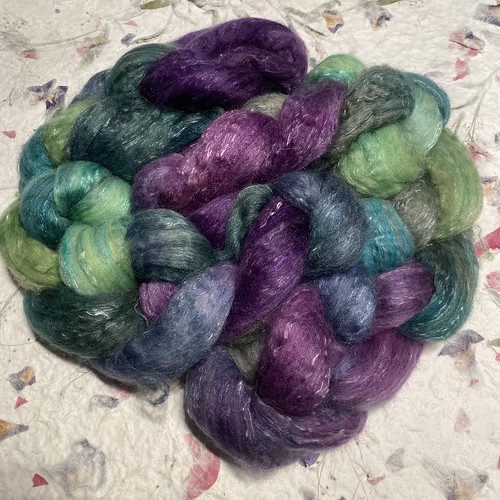
 Wilderness People SOLD
Wilderness People SOLD
 Snohetta
Snohetta

SOLD


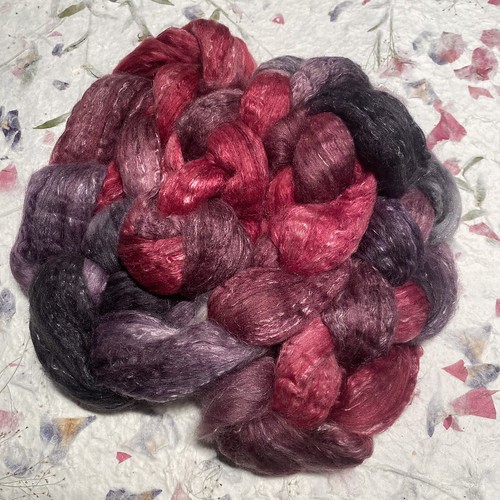
 Gothic Velvet
Gothic VelvetSOLD





 SnowRose SOLD
SnowRose SOLD
 Wildwater Adventure SOLD
Wildwater Adventure SOLD
 Willd Flowers SOLD
Willd Flowers SOLDIxCHeL club sign ups for October, November, December 2021 are now open
Here are some photos of the previous clubs.
 August 2021 Fibre Club
August 2021 Fibre Club Aug 21 batt club
Aug 21 batt club August 2021 Yarn Club
August 2021 Yarn Club June 2021Club
June 2021Club
 June 2021Club
June 2021ClubNote to all International club members:
All international club parcels are now being shipped with tracking and expedited.
There is an option if you want all three of your clubs to be shipped together to save on shipping cost: Just ask me for a postage quote !
IxCHeL Fibre Club October, November, December 2021
For New Zealand : single serve $78+$45 postage (parcel post) double serve $150(save $6) +$45 postage
The IxCHeL Yarn Clubs October, November, December 2021
For New Zealand : single serve $96+$45 postage (parcel post) double serve $177( save $15!!) +$45 postage
For USA + Canada: single serve AU$96+AU$60 (Airmail) double serve $177 (Save $15!!) +AU$60
IxCHeL Funky Bunny Batt Clubs October, November, December 2021
For New Zealand : single serve $114+$45 postage (parcel post)
For USA + Canada: AU$114+AU$60 (Airmail)
IxCHeL Tweed Yarn
Hand dyed
Spun singles, fingering or sock weight yarn
+/- 200meters/218yards
50grams 1.76oz
AU$18
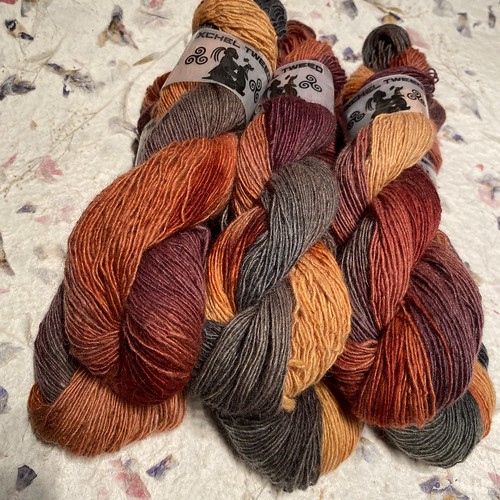
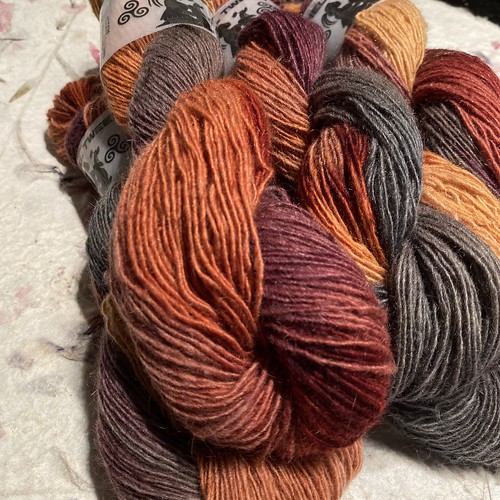
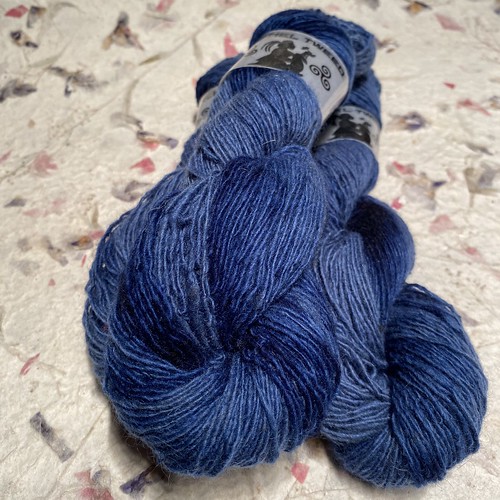



NEW colours !!!
IxCHeL Tweed Yarn
Spun singles, fingering or sock weight yarn
+/- 200meters/218yards
50grams 1.76oz
AU$16



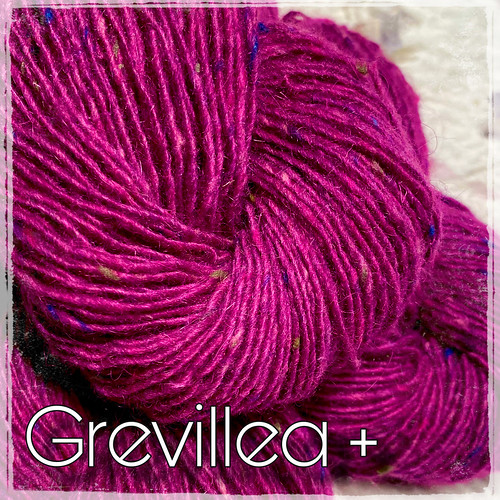
IxCHeL Tweed fingering weight yarn
Spun singles, fingering or sock weight yarn
+/- 200meters/218yards
50grams 1.76oz
AU$16

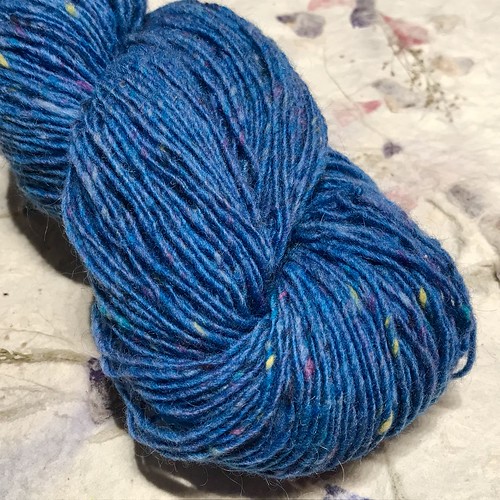




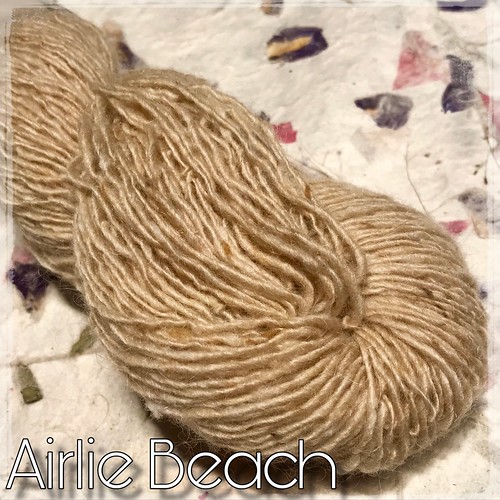






(A beautiful sunshine yellow that goes so well with the kookaburra the silver grey)

 Kata Tjuta BACK IN STOCK !!!
Kata Tjuta BACK IN STOCK !!!(an intense pure red that goes well with the Kookaburra and the Wattle and the Amethyst colourway and soooooo many others)

 Kookaburra
Kookaburra(a beautiful silver grey with ochre accents that complement the dingo colourway)

 Dingo
Dingo( A beautiful warm honey ochre with pops of royal bluebell, kingfisher and kangaroo paw)

 Dusky Grevillea
Dusky Grevillea(a gorgeous raspberry base with pops of royal bluebell, flowering gum, grey and daintree)

( a gorgeous medieval warm red with bright red, kookaburra and fern forest accents)

 Fern Forest
Fern Forest ( a deep forest green with accents of bright red, dusky purple and daintree) )

 Jacarandah
Jacarandah ( a fabulous deep purple with accents of royal bluebell, daintree, grevillea and kingfisher )

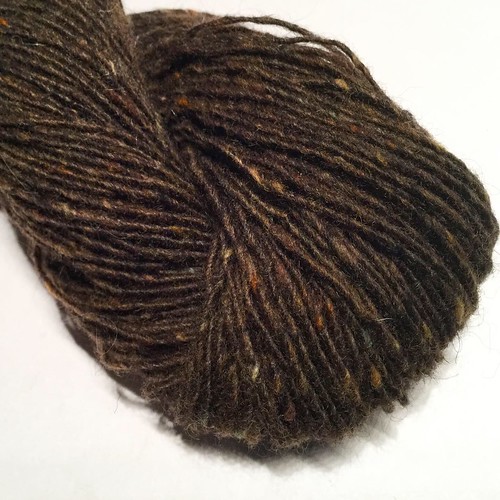 Wombat
Wombat( a fabulous deep walnut brown with accents of dingo and kookaburra)

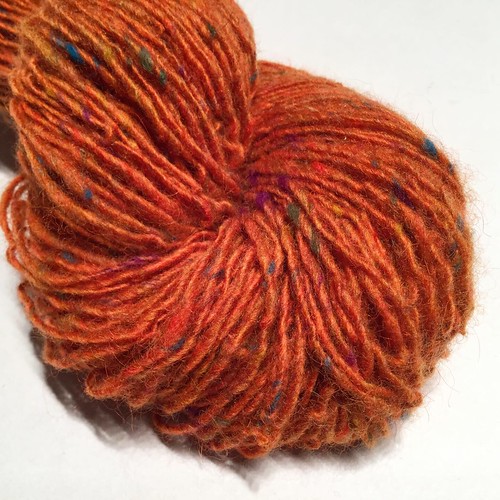 Kangaroo Paw
Kangaroo Paw ( a fabulous warm orange with accents of fern forest, royal bluebell and grevillea and dingo )


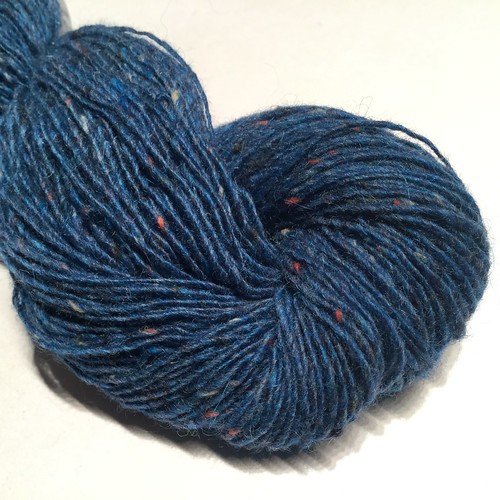 Royal Bluebell
Royal Bluebell ( a deep blue with accents of flowering gum, kookaburra and fern forest )

 Wallaby
Wallaby( a warm light brown with accents of soft blue and kookaburra)

 Daintree ( a soft green with accents of fern forest and dingo)
Daintree ( a soft green with accents of fern forest and dingo)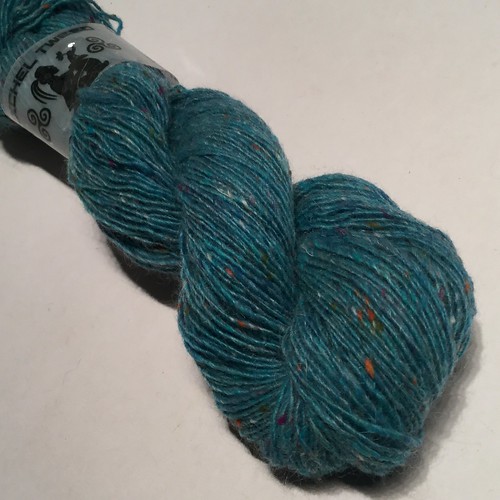
 Kingfisher
Kingfisher ( a fabulous Turquoise blue with accents of fern forest, kangaroo paw, Jacaranda and Grevillea)
Landscape dyes

250 g tubs AU$27
2. Message me on facebook or
3. Message me on www.ravelry.com where I am ixchelbunny.
4. message me on Instagram where I am @ixchelbunny




No comments:
Post a Comment